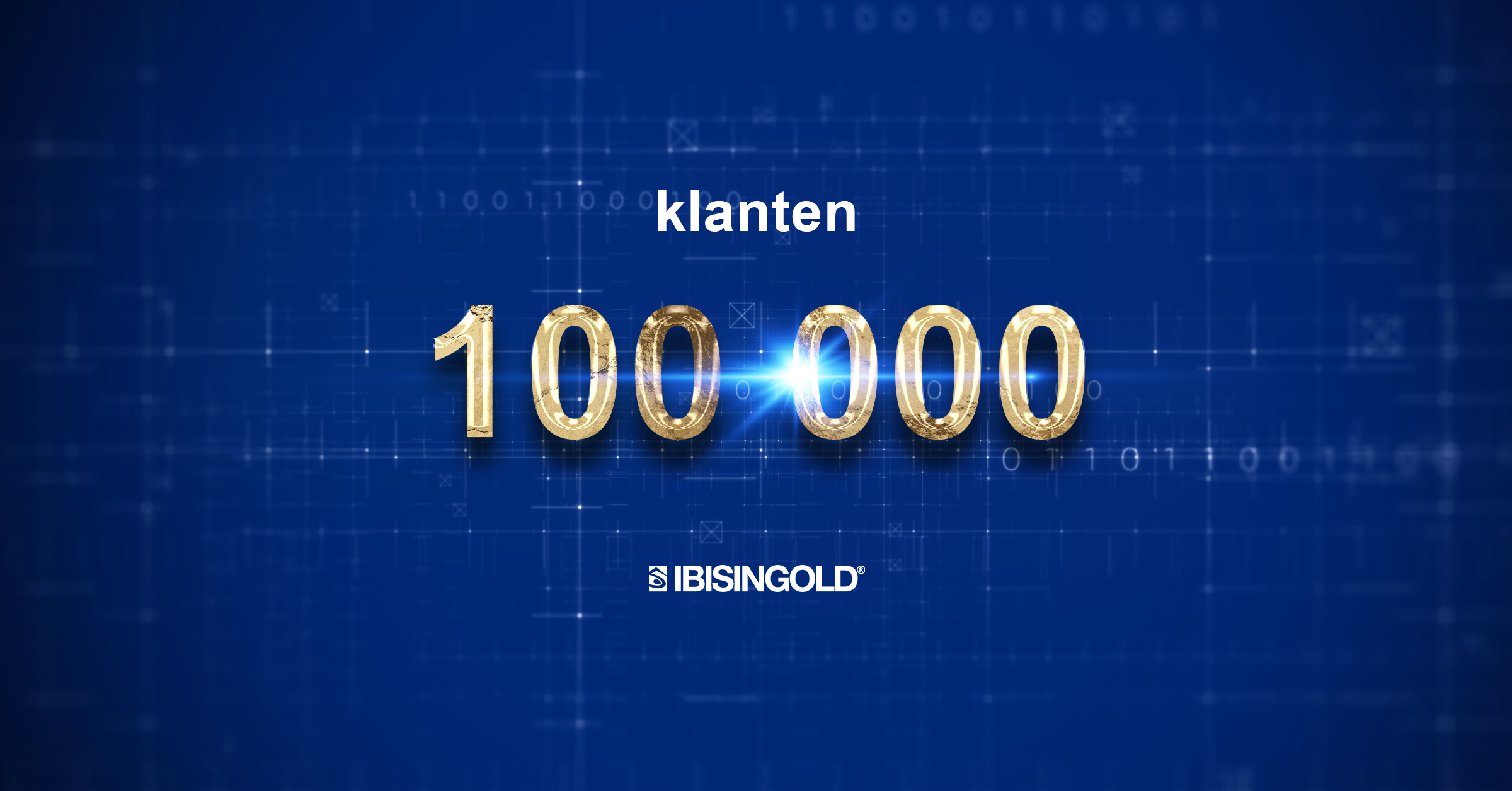Blog
Wat zijn het nieuws en de evenementen van de afgelopen paar dagen? Bij ons blijft u op de hoogte. Veel leesplezier.

Bc. Miroslava Sojková, Social Media Director
Goud versus ongedekte valuta: waarom centrale banken meer vertrouwen hebben in goud
In een wereld waarin de geldvoorraad toeneemt zonder echte zekerheid en ongedekte valuta waarde verliezen, biedt goud een in de tijd geteste bescherming en fungeert het als een onafhankelijk stabiliteitsanker. De beperkte voorraad en onafhankelijkheid van politieke cycli maken het een ideaal hulpmiddel om reserves te diversifiëren. Aangezien centrale banken goud als moderne bescherming tegen onzekerheid opstapelen, dienen gewone beleggers ook te overwegen om het in hun portefeuilles op te nemen. Niet alleen voor potentiële winst, maar belangrijker, voor stabiliteit in turbulente tijden. Goud is de terugkeer naar zekerheid die de wereld nodig heeft.
Begin vandaag nog met sparen!
Bouw aan uw familievermogen en oogst de vruchten van uw belegging






